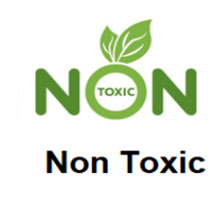Turf Introduction
Is modern artificial turf is harmful to human and animals
2024-06-14
Modern artificial turf, while offering a convenient and durable alternative to natural grass, can indeed pose potential hazards to both humans and animals. Here are some key considerations:
**For Humans**:
* **Skin Irritation**: The surface of artificial turf can cause skin irritation, leading to itching, redness, and discomfort.
* **Respiratory Issues**: The rubber granules in artificial turf may release volatile organic compounds and other harmful substances that can damage the respiratory system.
* **Heat Exposure**: Artificial turf can absorb solar energy, causing the surface temperature to rise significantly. This can lead to burns and heat exhaustion, especially during hot weather.
* **Environmental Impact**: The manufacturing process of artificial turf may involve the use of environmental pollutants, which can have negative impacts on the environment.
**For Animals**:
* **Allergic Reactions**: Some pets may be allergic to the materials used in artificial turf, leading to skin irritation or other allergic symptoms.
* **Digestive Issues**: Pets may accidentally ingest grass fibers while playing, potentially causing digestive problems.
* **Injury Risk**: Artificial turf may not be as soft as natural grass, posing a risk of injury, especially for elderly or injured pets.
* **Heat Sensitivity**: Similar to humans, pets are also susceptible to heat-related injuries from artificial turf. Their paws can be particularly vulnerable to burns from the heated surface.
It's important to note that while these hazards exist, they are generally considered to be minor and manageable with proper care and maintenance. When installing artificial turf, it's advisable to choose quality brands that adhere to safety standards and to regularly inspect and clean the surface to minimize potential risks. Additionally, during hot weather, it's crucial to monitor both humans and animals closely to prevent heat-related injuries.









